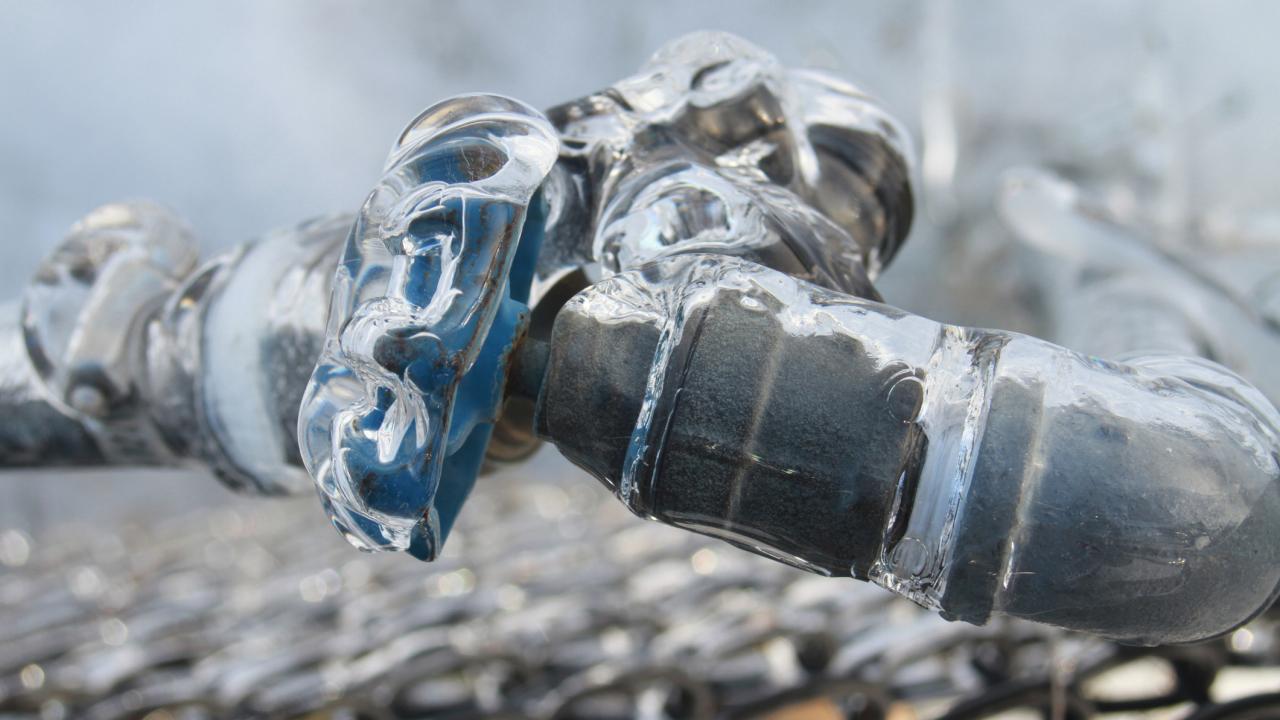Preventing Pipes from Cold Weather: Effective Methods
Preventing Pipes from Cold Weather: Effective Methods
Blog Article
They are making a few good points regarding 6 Ways to Prevent Frozen Pipes in general in the content beneath.

Cold weather can wreak havoc on your pipes, especially by freezing pipelines. Below's just how to stop it from happening and what to do if it does.
Intro
As temperature levels decrease, the threat of frozen pipelines boosts, possibly leading to costly fixings and water damage. Comprehending just how to stop frozen pipelines is critical for house owners in chilly climates.
Understanding Icy Pipes
What triggers pipelines to ice up?
Pipelines freeze when revealed to temperature levels listed below 32 ° F (0 ° C) for expanded durations. As water inside the pipelines freezes, it increases, putting pressure on the pipeline walls and possibly causing them to rupture.
Dangers and damages
Frozen pipes can result in water system disturbances, residential or commercial property damage, and costly repair services. Burst pipelines can flooding homes and trigger comprehensive architectural damages.
Indications of Frozen Water Lines
Recognizing icy pipelines early can prevent them from rupturing.
Exactly how to determine icy pipes
Try to find reduced water flow from faucets, unusual odors or noises from pipes, and visible frost on exposed pipelines.
Prevention Tips
Shielding susceptible pipes
Wrap pipelines in insulation sleeves or utilize warm tape to secure them from freezing temperatures. Concentrate on pipelines in unheated or outside locations of the home.
Heating techniques
Keep indoor rooms properly warmed, specifically areas with pipes. Open cabinet doors to enable cozy air to flow around pipelines under sinks.
Shielding Exterior Pipes
Yard tubes and exterior taps
Separate and drain pipes yard tubes prior to wintertime. Install frost-proof spigots or cover outdoor faucets with insulated caps.
What to Do If Your Pipelines Freeze
Immediate activities to take
If you presume frozen pipes, keep taps available to eliminate pressure as the ice melts. Make use of a hairdryer or towels taken in hot water to thaw pipelines gradually.
Long-Term Solutions
Structural changes
Think about rerouting pipes away from outside walls or unheated locations. Add extra insulation to attic rooms, basements, and crawl spaces.
Updating insulation
Invest in premium insulation for pipelines, attics, and walls. Proper insulation helps keep regular temperature levels and reduces the threat of frozen pipes.
Final thought
Preventing icy pipelines requires positive actions and quick reactions. By comprehending the reasons, indicators, and preventive measures, home owners can secure their plumbing during cold weather.
5 Ways to Prevent Frozen Pipes
Drain Outdoor Faucets and Disconnect Hoses
First, close the shut-off valve that controls the flow of water in the pipe to your outdoor faucet. Then, head outside to disconnect and drain your hose and open the outdoor faucet to allow the water to completely drain out of the line. Turn off the faucet when done. Finally, head back to the shut-off valve and drain the remaining water inside the pipe into a bucket or container. Additionally, if you have a home irrigation system, you should consider hiring an expert to clear the system of water each year.
Insulate Pipes
One of the best and most cost-effective methods for preventing frozen water pipes is to wrap your pipes with insulation. This is especially important for areas in your home that aren’t exposed to heat, such as an attic. We suggest using foam sleeves, which can typically be found at your local hardware store.
Keep Heat Running at 65
Your pipes are located inside your walls, and the temperature there is much colder than the rest of the house. To prevent your pipes from freezing, The Insurance Information Institute suggests that you keep your home heated to at least 65 degrees, even when traveling. You may want to invest in smart devices that can keep an eye on the temperature in your home while you’re away.
Leave Water Dripping
Moving water — even a small trickle — can prevent ice from forming inside your pipes. When freezing temps are imminent, start a drip of water from all faucets that serve exposed pipes. Leaving a few faucets running will also help relieve pressure inside the pipes and help prevent a rupture if the water inside freezes.
Open Cupboard Doors
Warm your kitchen and bathroom pipes by opening cupboards and vanities. You should also leave your interior doors ajar to help warm air circulate evenly throughout your home.

I'm very fascinated by Preventing and dealing with frozen pipes and I'm hoping you liked the post. If you liked our blog entry if you please remember to share it. Thank-you for going through it.
Visit Page Report this page